Top 10 Best Dairy Companies in India in 2022
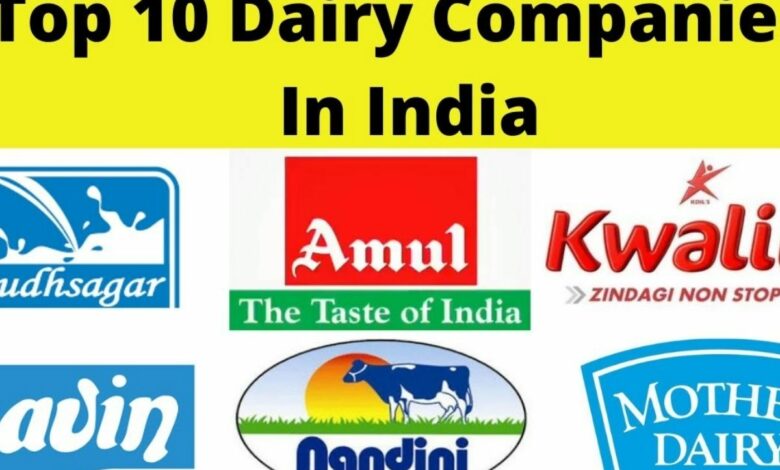
Dairy farming is a type of farming which involves producing milk over a long period. The milk is then processed (either on the farm or at a dairy plant, which can be called a dairy) to be sold as a dairy product. Cow barn farming has been around since the early Neolithic period, approximately 7,000 B.C., in many parts of Europe and Africa.
Before the 20th century, small farms milked their cows by hand. Starting in the early 1900s, milking was done on large dairy farms with the help of innovations like rotary parlours, the milking pipeline, and automatic milking systems, which didn’t become widely available until the early 1990s.
Since refrigeration technology, such as direct expansion refrigeration and the plate heat exchanger, came in the late 1800s, milk storage methods have improved. With these cooling methods, pasteurised farms could keep milk from going bad because of bacteria and humidity.
Many countries, like India, the United States, China, and New Zealand, have large pasteurising industries that are significant producers, exporters, and importers of milk worldwide. Since the end of the 20th century, milk production has generally increased. In 2017, the FAO said that about 827,884,000 tons of milk were made worldwide.
There has been a lot of tension about how much waste the dairy industry makes, which can be seen in how manure is thrown away and how methane gas pollutes the air. It has also been considered that the industry’s role in agricultural greenhouse gas emissions has environmental effects. Several steps have been taken to limit the phosphorus that dairy animals get rid of in their waste.
Also, the use of rBST has been a source of debate. Animal rights activists have been against pasteurised farming in general because intensive animal farming is bad for the health of dairy cows.
Even though any mammal can make milk, most commercial dairy farms only have one kind of animal. In developed countries, pasteurised farms usually have cows that make a lot of milk. Goats, sheep, water buffaloes, and camels are also used in commercial pasteurised farming. In Italy, donkey dairies are becoming more popular as an alternative way to get milk for babies.
History
Cattle were milked in ancient Egypt. Cattle were first domesticated 12,000 years ago as a food source and work animal. However, the earliest evidence of using domestic cows to make milk dates back to the early Neolithic era in northwestern Anatolia in the seventh millennium B.C.
In later centuries, dairy farming spread to other parts of the world. It started in eastern Europe in the sixth millennium BC, Africa in the fifth millennium B.C., and Britain and Northern Europe in the fourth millennium B.C.
More giant farms that only make milk have grown in the last century or so. Large-scale dairy farming can only work if a lot of milk is needed to make more durable pasteurised products like cheese, butter, etc. Many people can pay for milk but don’t have their cows. In the 1800s, von Thünen said a 100-mile area around a city where it made economic sense to sell fresh milk.
History of ways to keep milk fresh
Sakhalin Island has a new barn. Cool temperatures have been the most important way to keep milk fresh for longer. When windmills and well pumps were first made, they were used on farms to cool milk and last longer until it was taken to the town market. They were also used to get water for the animals.
Underground water would be constantly pumped into a tub or vat to cool it down. Tall, ten-gallon metal containers filled with fresh milk, which is naturally warm, were put in this cooling bath. Before electricity and refrigeration, this was a common way to cool milk.
Refrigeration
When refrigeration was first invented, it was used to cool cans of milk that had been filled by hand. These cans were put in a bath of cool water to get rid of the heat and keep them cool until they could be moved to a place to be collected. As more automated ways of getting milk were made, people stopped milking cows by hand, and a bulk milk cooler replaced the milk can.
The first type of bulk milk cooler was called an “ice bank.” This was a double-walled tank with water and evaporator coils between the walls at the bottom and on the sides. The heat from the evaporator coils was taken away by a small refrigeration compressor.
Ice builds up around the rings over time, and when there are about 3 inches of ice around each pipe, the cooling system turns off. When milking begins, only the milk agitator and the water circulation pump, which moves water across the ice and the steel walls of the tank, are required to cool the milk to below 5 degrees.
This cooling method works well for smaller dairies, but it wasn’t very efficient and couldn’t keep up with the cooling needs of larger milking parlors as they got bigger. Around the middle of the 1950s, the bulk milk cooler was the first place where direct expansion refrigeration was used.
For this type of cooling, the milk is cooled by an evaporator built right into the inside wall of the storage tank. Direct expansion can cool milk much faster than the ice banks used in the past. It is still the most common way for small to medium-sized businesses to cool their bulk tanks.
The plate heat exchanger is another device that has made a big difference in the quality of milk (PHE). This device comprises several stainless steel plates with small gaps between them. Milk is moved between every other pair of scales, while water is transferred between the different teams of leaves to cool the milk. This way of cooling milk can remove a lot of heat from it quickly, which slows the growth of bacteria and makes the milk better. Most of the time, this device is cooled by water from the ground.
However, dairy cows drink about 3 gallons of water for every gallon of milk. Therefore, they prefer to drink water that is just a little bit warm instead of cold groundwater. Because of this, PHEs can drastically improve the milk quality, lower the dairyman’s operating costs by making it easier for his bulk milk cooler to do its job, and increase milk production by giving the cows a source of fresh, warm water.
Plate heat exchangers have also changed because the number of cows on U.S. dairy farms has grown. As a dairy farmer adds more cows to his herd, he must also add more space to his milking parlour to collect more milk. Because the size of the parlors has grown, the amount of milk that needs to be moved and cooled has grown by a lot.
The more giant farms of today make so much milk that the direct expansion refrigeration systems on bulk milk coolers can’t keep up. In this situation, PHEs are usually used to quickly cool the milk to the right temperature (or close to it) before it gets to the bulk milk tank. Most of the time, groundwater is still used to cool the milk down to between 55 and 70 °F (13 and 21 °C) as a first step.
Then, with a mixture of pure chilled water and propylene glycol, a second (and sometimes third) section of the PHE is added to remove any remaining heat. These chiller systems can be made with large evaporator surface areas and high chilled water flow rates for cooling large amounts of milk.
Let’s Talk about the Top 10 Best Dairy Companies in India in 2022

- Amul
Tribhuvandas Kishibhai Patel started Amul in 1946. It is an Indian dairy cooperative. The main office of Amul is in the city of Anand in the state of Gujarat. This company is spread out over 1300 villages in Gujarat. It was the cause of India’s White Revolution. Amul has made India the biggest producer of milk and milk products in the world. In 2021, Amul celebrated 75 years and became India’s most prominent FMCG or food organization, with an annual turnover of around 500 billion rupees.

2. Mother Dairy
Mother Dairy is a National Dairy Development Board division located in Noida, Uttar Pradesh. It was set up in 1974 by the National Dairy Development Board, the Ministry of Fisheries, the Ministry of Animal Husbandry, and the Government of India. In addition to milk, Mother Dairy sells pulses, fruits, vegetables, vegetable oil, ice cream, cheese, ghee, curd, lassi, buttermilk, fruit juice, jam, pickle, etc.
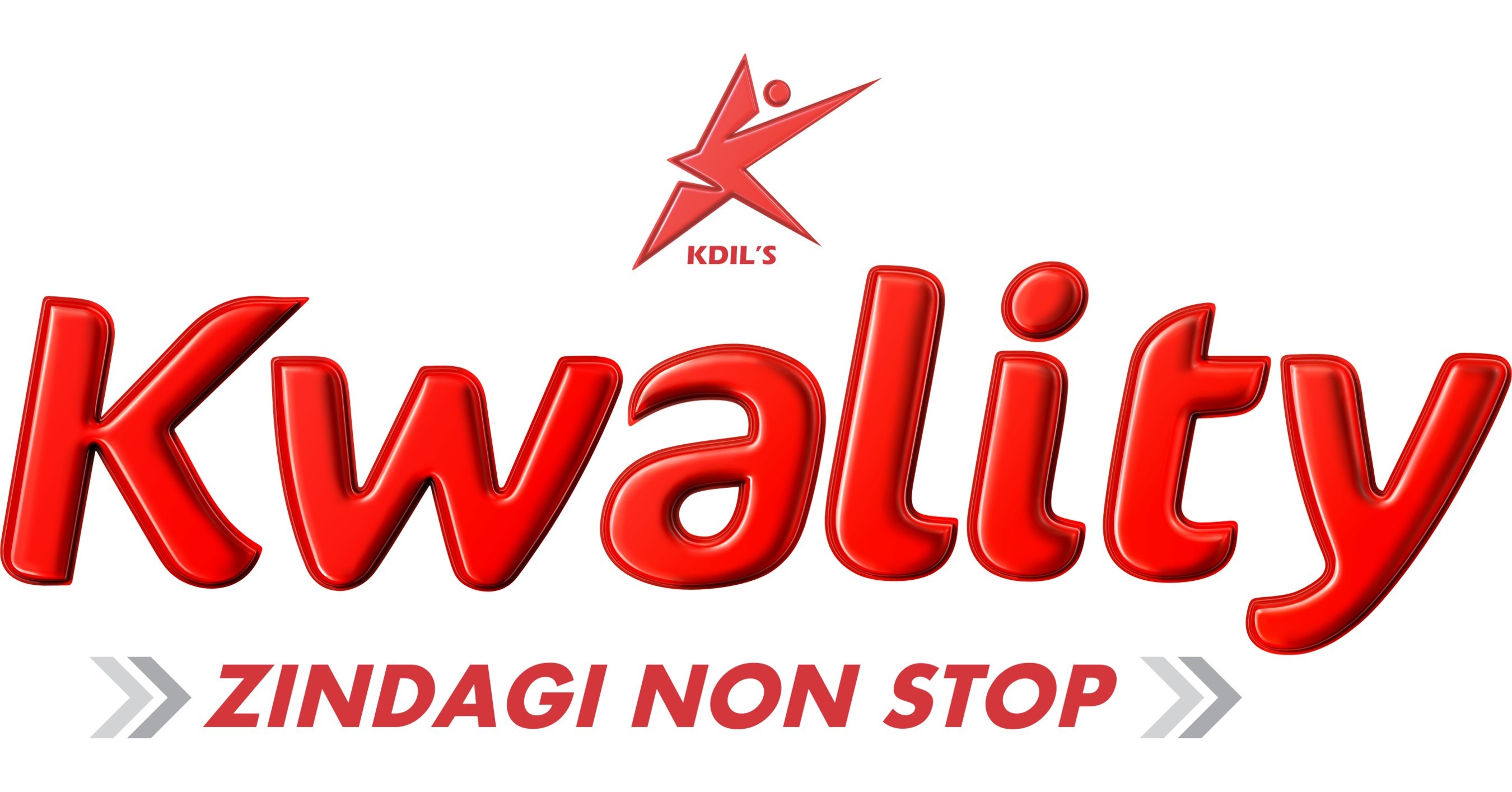
3. Kwality Limited
Kwality Ltd. is a company that deals with Indian dairy products. It is based in New Delhi, which is India’s capital. In 1992, it was set up. Kwality Ltd makes many different kinds of dairy products. Milk, ghee, butter, milk powder, curd, lassi, paneer, ice cream, etc. are all part of this category. Kwality Limited has six plants in the Indian states of Haryana, Uttar Pradesh, and Rajasthan.
Each day, these plants make 3.4 million litres of milk. This business works with people in Gujarat, Bihar, Jharkhand, Haryana, Uttar Pradesh, and Rajasthan plants that produce 3.4 million litres of milk per day. This company serves Gujarat, Bihar, Jharkhand, Orissa, Karnataka, and Andhra Pradesh. Actor Akshay Kumar has been chosen as its brand ambassador.

4. Orissa State Cooperative Milk Producers Federation
Odisha State Co-operative Milk Producers Union was set up in 1985. It is India’s fourth-largest dairy company. It is also called OMFED in Bhubaneshwar, Orissa, at D-2 Shaheed Nagar. It is a company owned by the Government of Odisha’s Ministry of Fisheries, Animal Husbandry, and Dairying. Under Operation Flood-II of the National Dairy Development Board, OMFED was set up based on the Amul model.
It has many products, such as milk and milk products, horticulture products, Kandhamal organic products, cattle feed, etc.
5. Andhra Pradesh Dairy Development Cooperative Federation Limited
APDDCF, dairy companies, top 10 dairy companies in India, milk company, a dairy company, biggest dairy, whole ten biggest dairy companies in India.
With a three-tier cooperative structure, the Andhra Pradesh Dairy Development Cooperative Federation Limited was set up in 1981 as a business run by farmers to improve dairy development.
It sells milk and milk products at fair prices. It also makes things like flavoured milk that has been sterilized, native uncooked paneer, sweets that have been dried out, and buttermilk. Its main office is in Hyderabad, which is the capital of the state of Andhra Pradesh. APDDCF is another name for it.
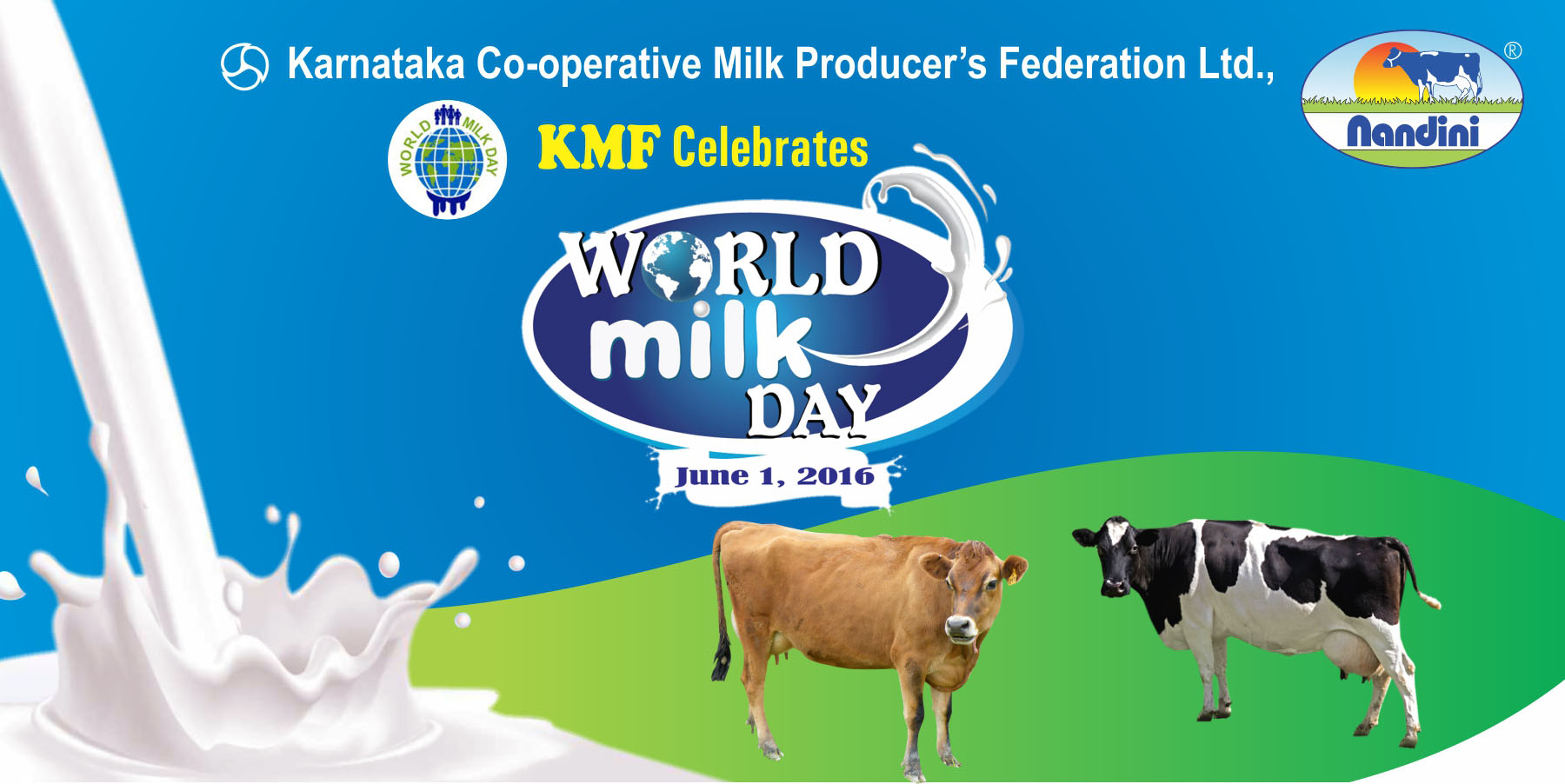
6. Karnataka Co-Operative Milk Federation
KMF, dairy companies, top 10 dairy companies in India, milk company, dairy milk company, biggest dairy, Karnataka Milk Federation was started in 1974 and is the sixth-largest dairy company in India. It is also known as KMF, a legal company owned by the Indian Ministry of Fisheries, Animal Husbandry, and Dairying. It is a group of milk producers who work together as a cooperative. Besides milk, they also make curd, ghee, butter, cheese, milk powder, sweets, chocolate, ice cream, frozen sweets, and other things.

7. Dynamix Dairy
The head office of the Indian dairy company Dynamix Dairy Industries Limited is in the city of Mumbai in the state of Maharashtra. It was set up by K.M. Goenka in 1983. The company exports to many countries around the world, including the United Arab Emirates, the United States, Algeria, Bahrain, Bangladesh, Canada, China, Egypt, Iran, Korea, Kuwait, Lebanon, Malaysia, Morocco, Oman, the Philippines, Qatar, Saudi Arabia, and many others, such as Singapore, Sri Lanka, Syria, and Turkey.
This company makes milk and milk products like processed cheese, ghee, natural cheese, butter, curd, paneer, lassi, etc.
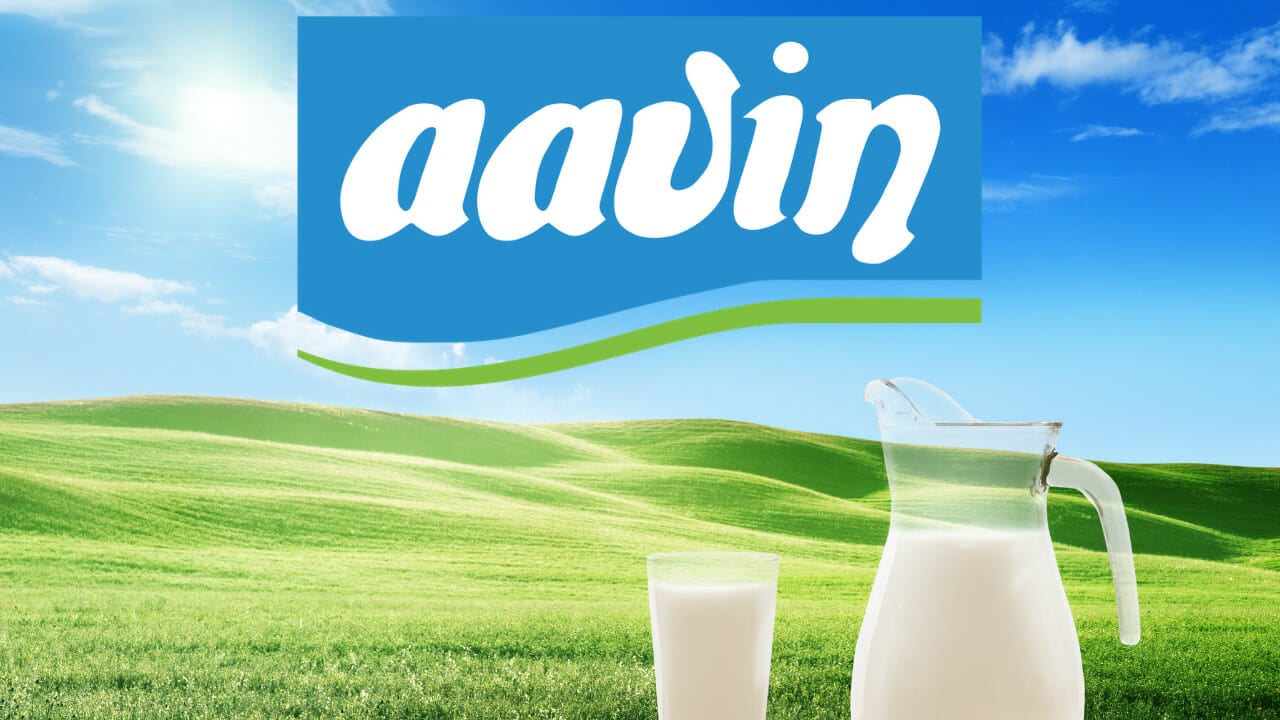
8. Aavin
The capital of Tamil Nadu, Chennai, is home to the dairy company Aavin. It is a trademark owned by the Ministry of Fisheries, Animal Husbandry, Dairying (Tamil Nadu), the Government of Tamil Nadu, and the Tamil Nadu Co-operative Milk Producers Union Limited. In 1958, it was set up. Aavin buys about 40 million litres of milk every day, but only about 25 million litres are sold as milk. The rest of the milk is used to make other products. Its milk products include butter, curd, ice cream, ghee, milkshakes, tea, coffee, chocolate, skimmed milk powder, ice cream, buttermilk, etc.
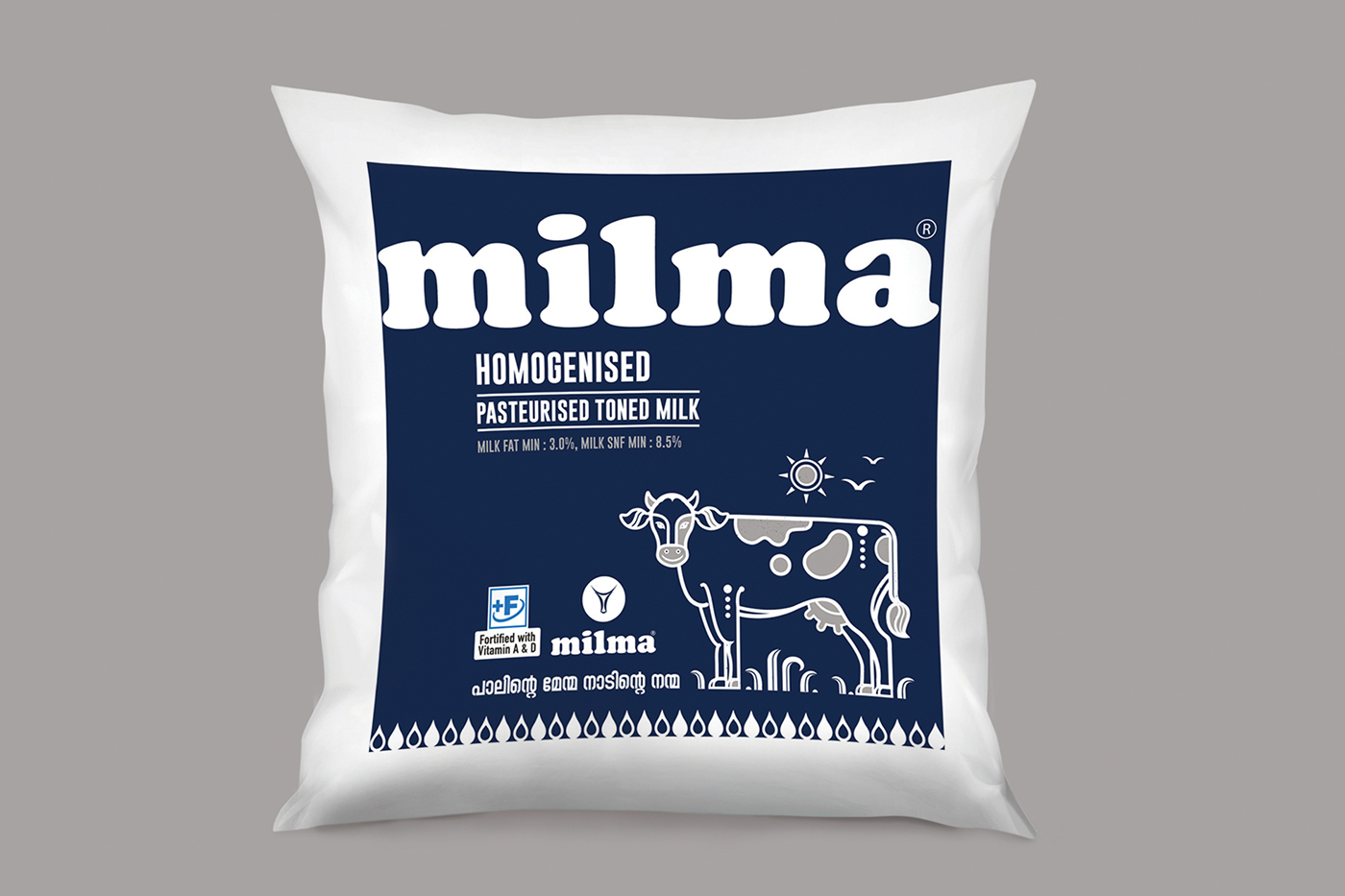
9. Milma
Milma is the business name of the Kerala Co-operative Milk Marketing Federation, which is also known as KCMMF. It began in 1980 in the capital of Kerala, Thiruvananthapuram. It is a legal corporation that belongs to the Ministry of Fisheries, Animal Husbandry, and Dairying. Which cooperative society in Kerala is one of the most profitable? At the moment, it has 13 plants that can process 12.50 lakh litres of milk per day. Only in the state of Kerala can you find this dairy company.
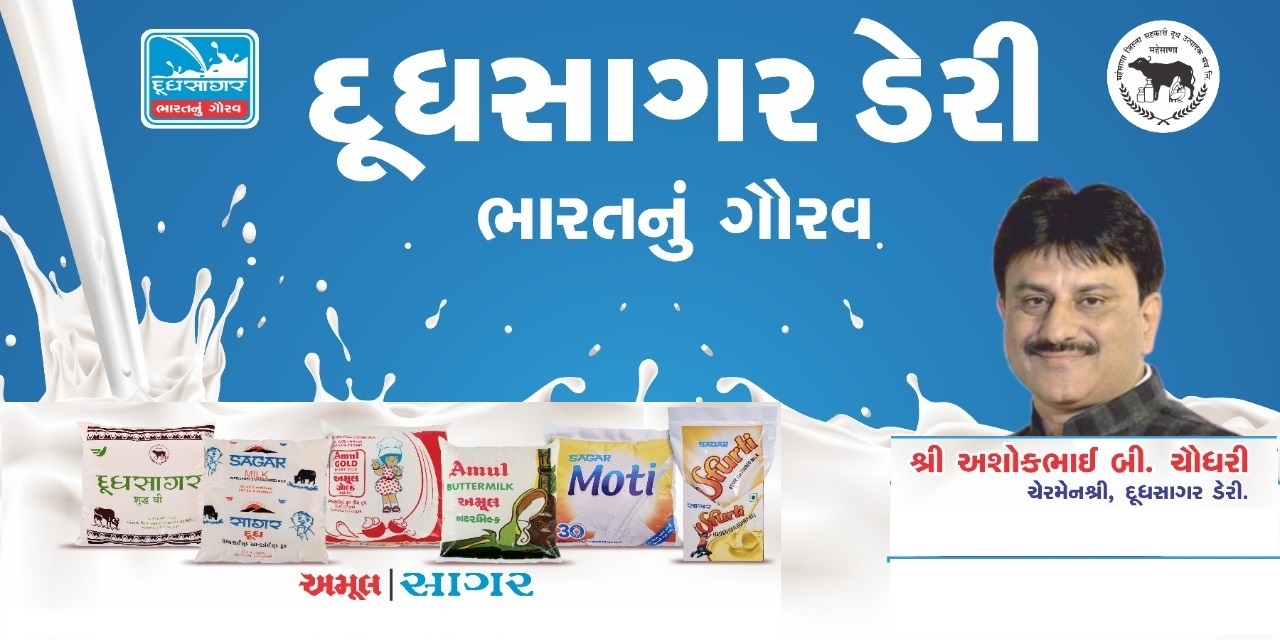
10. Dudhsagar Dairy
Dudhsagar Dairy is the name most people use for Mehsana District Co-operative Milk Producers Union Limited. In Anand, Shri Mansinghbhai Prithviraj Patel, a State Level Gujarat Cooperative Milk Marketing Federation, laid the foundation stone on April 2, 1963. Dudhsagar Dairy is the biggest dairy in Asia. It processes an average of 1.41 million kilograms of milk every day and has set up a network of 1150 grams of milk cooperatives to get milk from 450,000 milk producers.
Conclusion:
Dairy farming is a type of pasteurised which involves producing milk over a long period. The milk is then processed on the farm or at a dairy plant to be sold as a dairy product. Pasteurised farming has been around since the Neolithic period, approximately 7,000 B.C. Pasteurised farming started in Europe in the sixth millennium BC and spread to other parts of the world. Cool temperatures have been the most important way to keep milk fresh for longer.
Windmills and well pumps were also used on farms to cool milk and keep it cool. The bulk milk cooler was the first place where direct expansion refrigeration was used. Direct expansion can cool milk much faster than the ice banks used in the past. Plate heat exchangers have also changed because the number of cows on U.S. dairy farms has grown. Giant farms of today make so much milk that the direct expansion refrigeration systems on bulk milk coolers can’t keep up.
PHEs are usually used to quickly cool the milk to the right temperature (or close to it) before it gets to the bulk milk tank. Kwality Ltd. is a company that deals with Indian dairy products. Kwality Ltd makes many different kinds of dairy products such as milk, ghee, butter, milk powder, curd, lassi, paneer, ice cream, etc. Its main office is in Hyderabad, which is the capital of the state of Andhra Pradesh. Karnataka Milk Federation was started in 1974 and is the sixth-largest dairy company in India.
Dynamix Dairy Industries Limited was set up by K.M. Goenka in 1983. Aavin makes products like processed cheese, ghee, natural cheese, butter, curd, paneer, lassi, etc. Milma is the business name of the Kerala Co-operative Milk Marketing Federation. It began in 1980 in the capital of Kerala, Thiruvananthapuram. Aavin buys about 40 million litres of milk every day, but only about 25 million litres are sold as milk.




